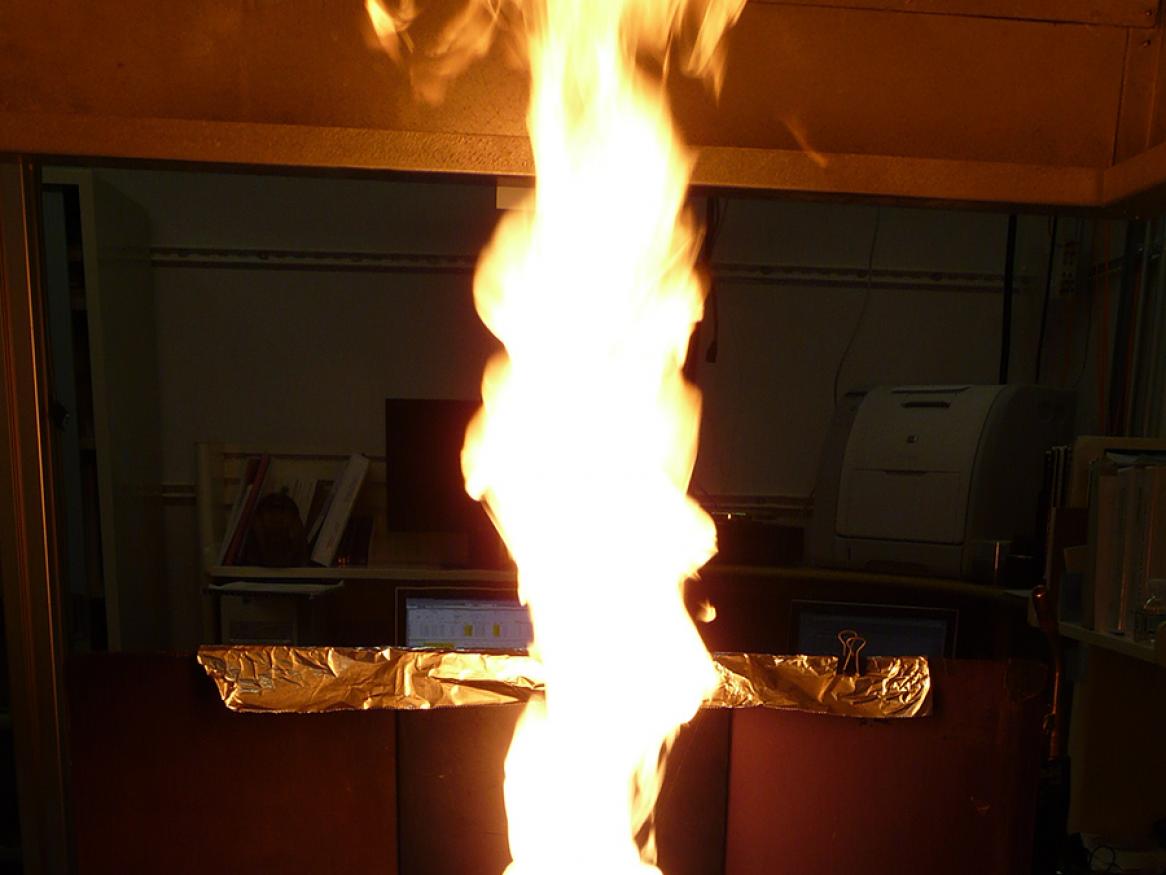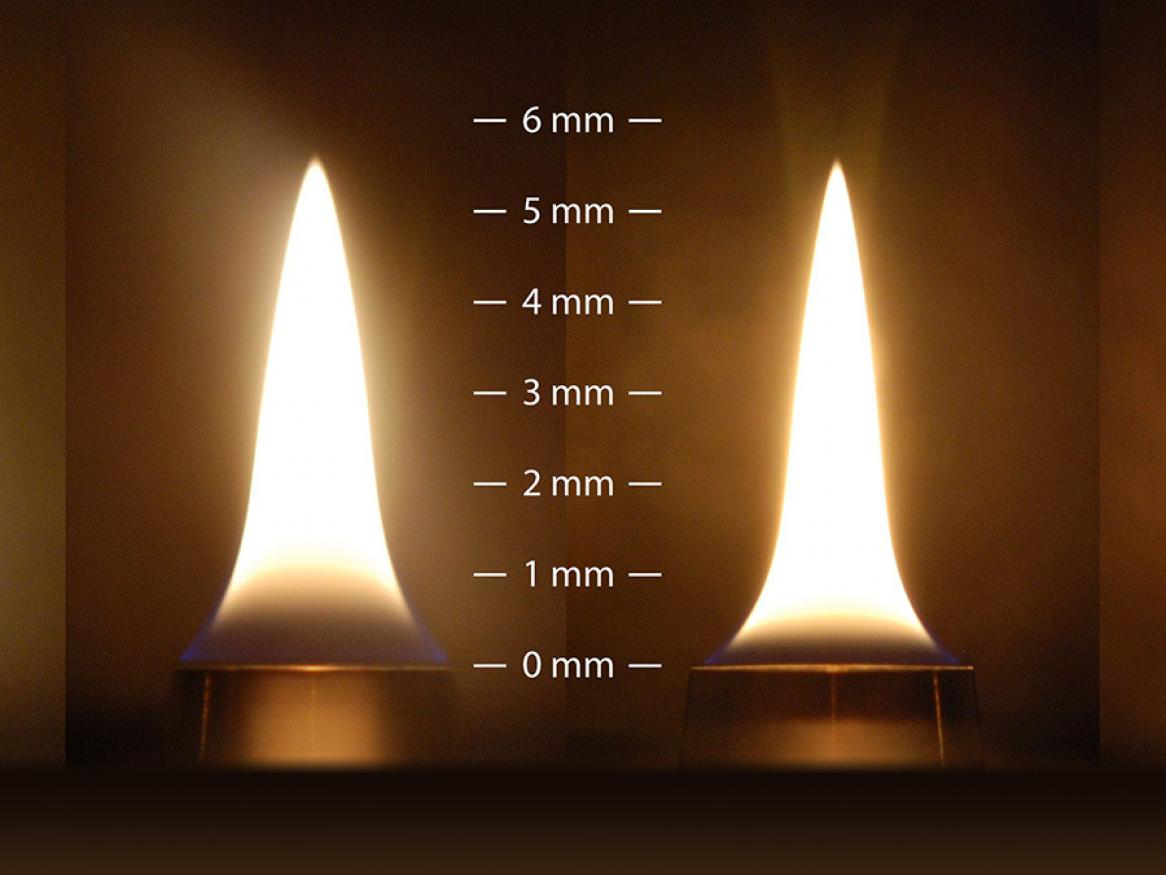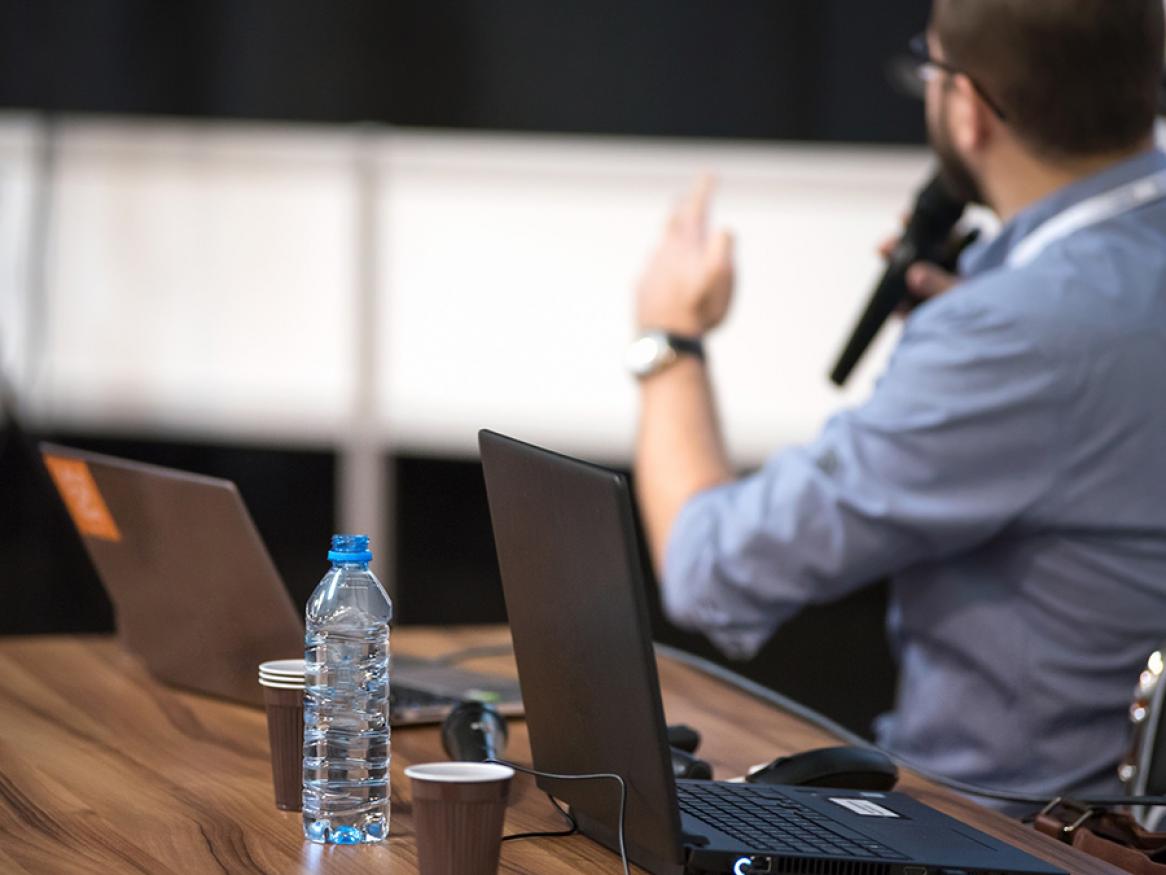Home
8th International Workshop on the measurement and computation of reacting flows with carbon nanoparticles
When: Sat 25th July - Sun 26 July 2026
Where: Kyoto, Japan
The ISF Workshop for the Measurement and Computation of Reacting Flows with Carbon Nanoparticles is an ongoing, biennial forum. The next meeting will be held from 25 - 26 July 2026 in Kyoto, Japan, together with other satellite workshops of the 41st International Combustion Symposium.
Organised by researchers, for researchers with specialist industry advisors, to develop improved predictive capability of pyrolysis processes in practical reactors and flames through international collaboration between experimentalists and modellers. It is an open forum held immediately prior to each of the International Symposia on Combustion.
The ISF is not a traditional conference, but is an open, international forum to coordinate research.
The Program Leaders, Organising Committee and Scientific Committee, who will contribute to the Workshop are listed on the About ISF page.






